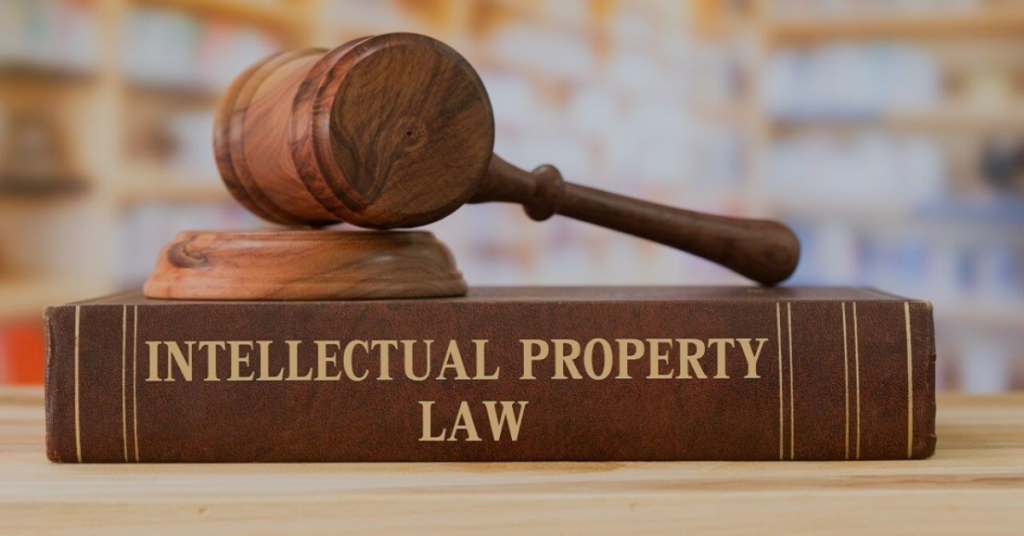Chandigarh Apartment Rules, 2001: Lessons from Repealed Laws for Current Property Owners
Understanding the legal framework governing apartment ownership is crucial for property owners in Chandigarh. While the Chandigarh Apartment Rules, 2001, have been repealed, examining them provides valuable insights into the principles that continue to shape property rights and responsibilities in the Union Territory, particularly concerning joint ownership. This article delves into the key provisions of the repealed rules and highlights the lessons that remain relevant under the current legal landscape, specifically focusing on the legal implications of joint ownership.
The Context: From Ownership to Association
Before dissecting the repealed rules, it’s important to understand the context. Chandigarh's real estate development has seen a shift from individual ownership to a more complex system involving associations and governing bodies. The Chandigarh Apartment Rules, 2001, were initially intended to streamline apartment ownership and management. However, subsequent developments and legal interpretations led to their repeal. Despite this, the principles they embodied continue to resonate within the prevailing legal framework.
Key Provisions of the Chandigarh Apartment Rules, 2001 (Repealed)
While no longer in effect, the 2001 Rules offered guidance on several critical aspects of apartment ownership:
- Formation of Association of Apartment Owners (AOA): The rules mandated the formation of an AOA for each apartment building. This association was responsible for the maintenance and management of common areas and facilities.
- Maintenance Charges: The rules outlined the process for determining and collecting maintenance charges from apartment owners. This was a crucial aspect for ensuring the upkeep of the building.
- Bye-Laws: The rules emphasized the importance of bye-laws for regulating the internal affairs of the AOA and defining the rights and responsibilities of apartment owners.
- Transfer of Ownership: The rules addressed the process for transferring ownership of apartments, including the requirement to notify the AOA.
- Dispute Resolution: While not explicitly detailed, the rules implied a mechanism for resolving disputes among apartment owners or between the AOA and owners.
Legal Implications of Joint Ownership: Where the 2001 Rules Provided Context
The repealed rules indirectly touched upon the complexities of joint ownership, particularly through the AOA framework. Joint ownership arises when two or more individuals own a single property together. The 2001 rules indirectly facilitated management of joint properties by requiring the creation of associations.
Here's how the lessons from the repealed rules remain relevant to joint ownership scenarios:
-
Defining Rights and Responsibilities (Even in Absence of Explicit Rules):
- Challenge: Joint owners must clearly define their respective rights and responsibilities regarding the apartment. This includes usage rights, maintenance obligations, and decision-making power.
- Lesson from the 2001 Rules: The repealed rules emphasized the importance of clearly defined bye-laws within the AOA. While the AOA framework might not be identical today, the principle of outlining responsibilities remains crucial. Joint owners should create a written agreement specifying their individual obligations regarding the property. This agreement should address aspects like:
- Payment of property taxes and other levies.
- Maintenance and repair responsibilities.
- Usage rights for different parts of the apartment.
- Decision-making process for major repairs or renovations.
- Process for resolving disputes among co-owners.
- Legal Basis: This is largely governed by the Transfer of Property Act, 1882, and principles of contract law. A well-drafted agreement will be enforceable in a court of law.
-
Managing Common Areas and Facilities:
- Challenge: Joint owners need to agree on how to manage common areas such as hallways, gardens, and parking spaces. This can be particularly complex in the absence of a formal AOA structure.
- Lesson from the 2001 Rules: The rules placed the responsibility for managing common areas on the AOA. This highlights the need for a collective approach. Joint owners should establish a mechanism for making decisions regarding common areas. This might involve appointing one co-owner as the "manager" or creating a rotating system of responsibility.
- Legal Basis: The concept of 'easementary rights' might apply here. Each co-owner has a right to access and use common areas, but this right must be exercised reasonably and without interfering with the rights of other co-owners. A written agreement should clearly define the boundaries of these rights.
-
Maintenance Contributions and Financial Management:
- Challenge: Determining how to split maintenance costs and ensuring timely payment can be a major source of conflict among joint owners.
- Lesson from the 2001 Rules: The rules provided a framework for collecting maintenance charges based on apartment size or other factors. Joint owners should agree on a clear formula for allocating maintenance costs. This could be based on ownership share, usage patterns, or other relevant criteria. A separate bank account can be opened to manage maintenance funds.
- Legal Basis: This is primarily governed by contract law and principles of equity. The agreement between joint owners should specify the consequences of failing to pay maintenance contributions, such as late payment penalties or the right to seek legal recourse.
-
Transfer of Ownership (Succession and Sale):
- Challenge: Transferring ownership can become complicated in joint ownership scenarios, especially in cases of death, divorce, or disagreement among co-owners.
- Lesson from the 2001 Rules: The rules emphasized the importance of notifying the AOA of any transfer of ownership. Joint owners should include provisions in their agreement addressing how ownership will be transferred in various situations. This might involve a right of first refusal for other co-owners to purchase the share of a departing owner. Wills and succession laws will also play a significant role in determining how ownership is transferred upon the death of a co-owner.
- Legal Basis: The Transfer of Property Act, 1882, the Indian Succession Act, 1925, and relevant personal laws (e.g., Hindu Succession Act, 1956) govern the transfer of property ownership. A clear understanding of these laws is crucial for drafting a legally sound agreement.
-
Dispute Resolution:
- Challenge: Disagreements among joint owners are inevitable. Having a mechanism for resolving disputes amicably is essential for maintaining a harmonious relationship and preventing legal battles.
- Lesson from the 2001 Rules: While not explicit, the rules implicitly encouraged a mechanism for internal dispute resolution within the AOA. Joint owners should include a dispute resolution clause in their agreement. This might involve mediation, arbitration, or other alternative dispute resolution methods.
- Legal Basis: The Arbitration and Conciliation Act, 1996, provides a framework for resolving disputes through arbitration. Mediation is often encouraged as a first step to resolve conflicts amicably. Ultimately, if all else fails, the parties can resort to civil courts.
Current Legal Framework Governing Apartment Ownership in Chandigarh
While the Chandigarh Apartment Rules, 2001, are no longer in force, the following legal provisions are relevant:
- The Transfer of Property Act, 1882: This Act governs the transfer of immovable property, including apartments. It defines the rights and obligations of buyers and sellers.
- The Indian Contract Act, 1872: This Act governs the formation and enforcement of contracts, including agreements related to apartment ownership and maintenance.
- The Registration Act, 1908: This Act requires the registration of certain documents, including sale deeds and transfer deeds, to provide legal validity and public notice.
- Relevant Building Bye-Laws of the Chandigarh Administration: These bye-laws regulate construction, building maintenance, and other aspects of property development in Chandigarh.
- Judicial Pronouncements: Court decisions related to apartment ownership and management also contribute to the evolving legal landscape.
Practical Considerations for Joint Owners in Chandigarh
- Draft a Comprehensive Agreement: A well-drafted agreement is the cornerstone of successful joint ownership. It should address all the points mentioned above, including rights, responsibilities, maintenance contributions, transfer of ownership, and dispute resolution. Seek legal advice to ensure the agreement is legally sound and enforceable.
- Maintain Open Communication: Regular communication and transparency are essential for building trust and preventing misunderstandings among joint owners.
- Document Everything: Keep records of all agreements, transactions, and decisions related to the property. This will be helpful in case of disputes.
- Stay Informed: Keep abreast of changes in the relevant laws and regulations.
- Consider Professional Management: For larger apartment complexes or if co-owners are unable to manage the property effectively, consider hiring a professional property management company.
Conclusion: Learning from the Past, Planning for the Future
The repeal of the Chandigarh Apartment Rules, 2001, does not diminish the importance of understanding the principles they embodied. The rules highlighted the need for clear definitions of rights and responsibilities, a collective approach to managing common areas, and a mechanism for resolving disputes. These principles remain particularly relevant in the context of joint ownership, where careful planning and effective communication are essential for a harmonious and legally secure ownership experience. By learning from the lessons of the repealed rules and adhering to the current legal framework, property owners in Chandigarh can navigate the complexities of joint ownership with greater confidence. The absence of a specific set of rules emphasizes the critical need for joint owners to create their own clear and legally enforceable agreements to protect their interests and ensure the smooth management of their shared property. This forward-thinking approach is key to preserving property value and fostering positive co-ownership relationships.




